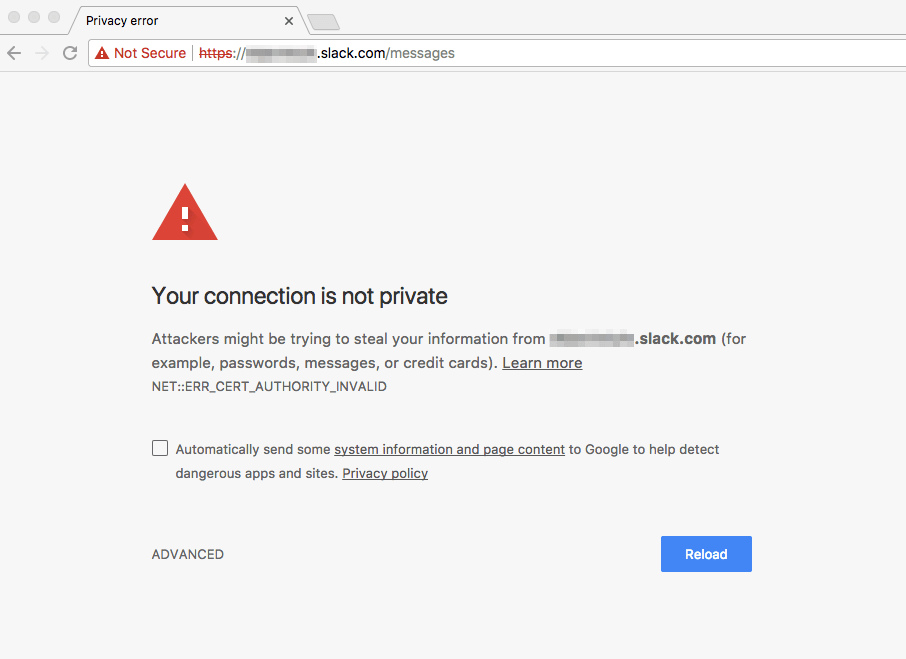Long Distance Relationships, or How to Manage a Remote Team

This article will be useful to managers who need to make a decision about whether it’s okay to have a test engineer working remotely. It’s also for those who have no experience working with remote QA or test engineers and/or who are trying to estimate their effectiveness.
Remote collaboration can be an effective decision if all persons involved share the same vision. There are 3 main things you should analyze and clarify before getting started.
1. Project Context
Customer and Manager: Say “yes” to remote work if all the security nuances can be fixed using a VPN. Say “no” if your projects cannot be carried out remotely because of security and/or environment restrictions. Remote work is not suited for such projects.
Remote worker: Say “yes” if you are able to organize your remote workplace as effectively as you would in an office. Do you have all the required devices at home? Are you able to configure your workspace by yourself, without other people’s assistance? Say “no” if you answered “no” to at least one question – you will be a big pain to your manager because you’ll have limited capabilities. Most likely, your manager will say to “no” to your remote work.
Check access to: app URLs (or installation files), the database, the log files, the deployment environment, test documents (test plans, checklists, test cases, etc.), and the bug tracking system.
Please note that some messengers won’t work over a VPN:

2. Personal Qualities
Customer: Say “yes” if you trust your remote workers. Say “no” if you want see their faces every day.
Manager: Say “yes” if your remote workers are highly motivated, give you precise estimates before they start testing, keep you informed about their progress, and voice difficulties as soon as they run into them.
Say “no” if your workers need to be babysat even in the office.
Remote worker: Say “yes” if you are able to dig into project details by yourself. Say “no” if you don’t have sufficient skills and need assistance all the time, or if your family members (or pets) keep bothering you whenever you’re at home, despite the fact that you are working.
3. Metrics and Success Criteria
All participants – Customer, Manager, and Remote workers – should be ready to clarify the metrics.
Moreover, all parties should be ready to do adjustments. It may be the case that someone begins to feel frustrated or feel that they need more details about the project’s progress. Mutual feedback is very important.
Reach an understanding on the following points before diving into this together:
- Working Time
Best practice: the worker agrees that their working time is when they are 100% available. Manager and customer take this into account when trying to get hold of their testers outside of their “working” hours.
- Scheduled Meetings
You should agree on the messenger to use. Ensure that video and/or files can be shared on the fly, if needed.
- The Milestones
Specify the date and time and expected working results.
- The Trial Period
Things might go wrong. It’s better to start with a 2- to 4-week remote work “trial” to see if all pitfalls can be avoided.
Related Blogs

25 best tools for distributed teams
LEARN MORE